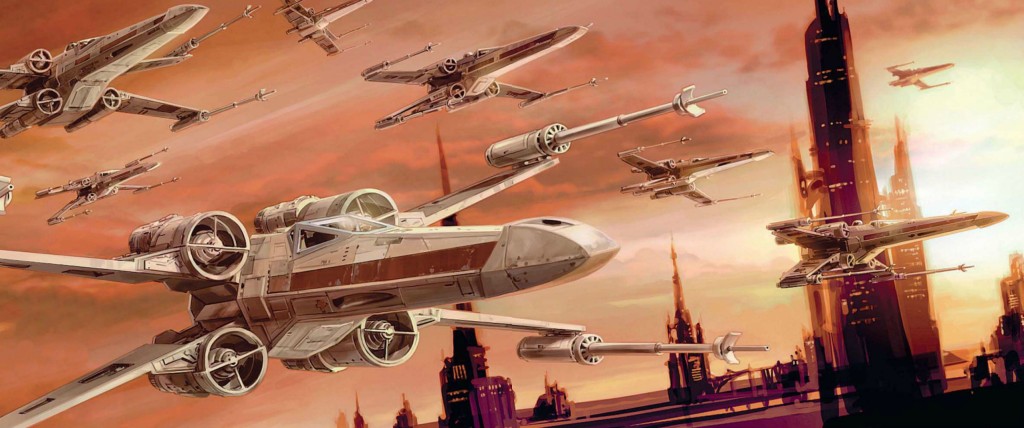
We don’t really know very much about Rogue One right now. We have a title that may or may not mean something to us, the release date, and the names of one member of the cast (in an unspecified role), the director, the producers, the score composer, the source of the core concept, the person who named it, and the writer. Unless more should be revealed in the time between when I write this article and when it’s published, that’s just about it.
Anything apart from that is nothing more than pure speculation. So, in order for this article to actually contain meaningful content, we’re going to have to treat a certain assumptions as if they were fact: specifically, that the name Rogue One does refer in some way to Rogue Squadron, and that it is a movie focused on the exploits of that particular unit of starfighter pilots.
Now, it’s entirely possible that these assumptions will be proven false in the coming months, especially if one takes the initial report regarding the concept art for the film into account. It may turn out to be something more along the lines of Wraith Squadron, dealing with hybrid commando-pilots.
It may not be a movie about starfighter pilots at all. Even if that ends up being the case, I will have no cause to complain, but I will continue to maintain the viability of a feature film centered around starfighter pilots and their spacecraft. Today, we’re going to talk about what steps might be taken to ensure that Rogue One is the best space ace movie it can possibly be.
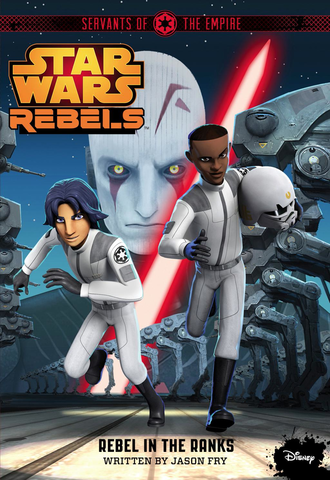 Jason Fry’s second entry in the Servants of the Empire young adult novel series takes place concurrently with the Rebels season one episode “Breaking Ranks” and his two books arguably do more to develop Lothal as an interesting place than an entire season of the still-excellent show has managed to do. If you’re still worried about the “young adult” part of that sentence, read
Jason Fry’s second entry in the Servants of the Empire young adult novel series takes place concurrently with the Rebels season one episode “Breaking Ranks” and his two books arguably do more to develop Lothal as an interesting place than an entire season of the still-excellent show has managed to do. If you’re still worried about the “young adult” part of that sentence, read 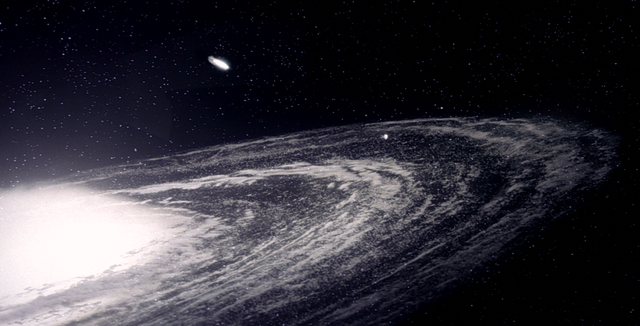
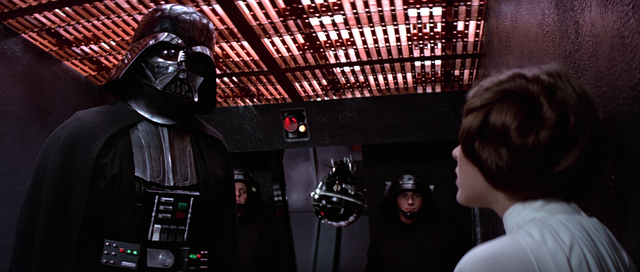
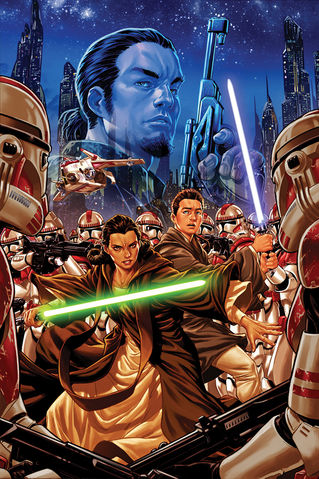 I have a secret to share with you. Are you ready? Maybe you should sit down. Here it comes: I love continuity.
I have a secret to share with you. Are you ready? Maybe you should sit down. Here it comes: I love continuity.